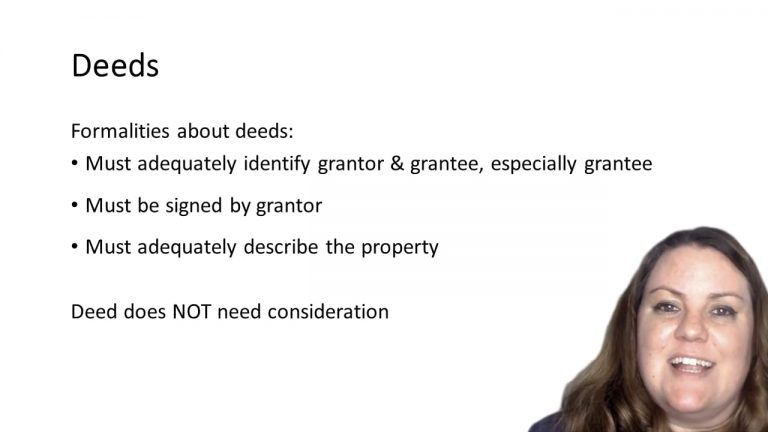SmartBrief
Confirm favorite deletion?
Property Keyed to Saxer
Slaick v. Arnold
Citation:
307 Ga. App. 410 (2010).Facts
In 1989, Cora Dorsey died. In her will, Dorsey devised property to Katie Day and the Defendant, Nancy Slaick, to “share and share alike.” The Defendant was the executor to Dorsey’s will and as such, she filed an assent to devise so that “full fee-simple title thereto is vested in [Day and Slaick] as provided in [Dorsey’s] will.”
Day and the Defendant went to a lawyer’s office to execute reciprocal deeds for the property that reserved a life estate for each grantor. The Defendant stated that Dorsey wanted the property to go to Day if the Defendant died first and to the Defendant if Day died first.
The deed from Day to the Defendant granted the property to the Defendant “for and in consideration of love and affection and other good and valuable consideration” with a reserved life estate for Day. However, the reciprocal deed from the Defendant to Day was never recorded and cannot be found.
Day died in 2006 and in her will, she devised her half interest in the property “owned jointly by me and [the Defendant]” to her other four children.
Only StudyBuddy Pro offers the complete Case Brief Anatomy*
Access the most important case brief elements for optimal case understanding.
*Case Brief Anatomy includes: Brief Prologue, Complete Case Brief, Brief Epilogue
- The Brief Prologue provides necessary case brief introductory information and includes:
Topic:
Identifies the topic of law and where this case fits within your course outline.Parties:
Identifies the cast of characters involved in the case.Procedural Posture & History:
Shares the case history with how lower courts have ruled on the matter.Case Key Terms, Acts, Doctrines, etc.:
A case specific Legal Term Dictionary.Case Doctrines, Acts, Statutes, Amendments and Treatises:
Identifies and Defines Legal Authority used in this case.
- The Case Brief is the complete case summarized and authored in the traditional Law School I.R.A.C. format. The Pro case brief includes:
Brief Facts:
A Synopsis of the Facts of the case.Rule of Law:
Identifies the Legal Principle the Court used in deciding the case.Facts:
What are the factual circumstances that gave rise to the civil or criminal case? What is the relationship of the Parties that are involved in the case.Issue(s):
Lists the Questions of Law that are raised by the Facts of the case.Holding:
Shares the Court's answer to the legal questions raised in the issue.Concurring / Dissenting Opinions:
Includes valuable concurring or dissenting opinions and their key points.Reasoning and Analysis:
Identifies the chain of argument(s) which led the judges to rule as they did.
- The Brief Prologue closes the case brief with important forward-looking discussion and includes:
Policy:
Identifies the Policy if any that has been established by the case.Court Direction:
Shares where the Court went from here for this case.
Topic Resources
Topic Outline
Topic Refresher Course
Topic Charts & Notes

 6m 7s
6m 7s